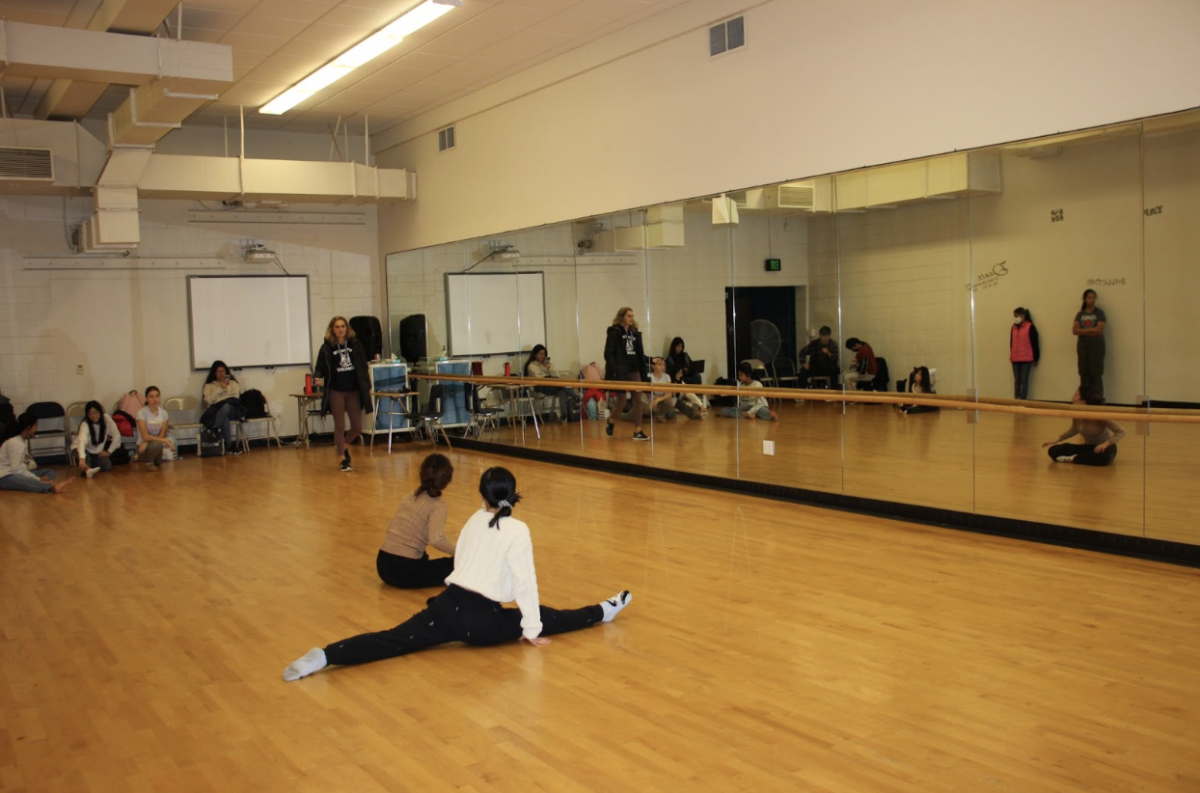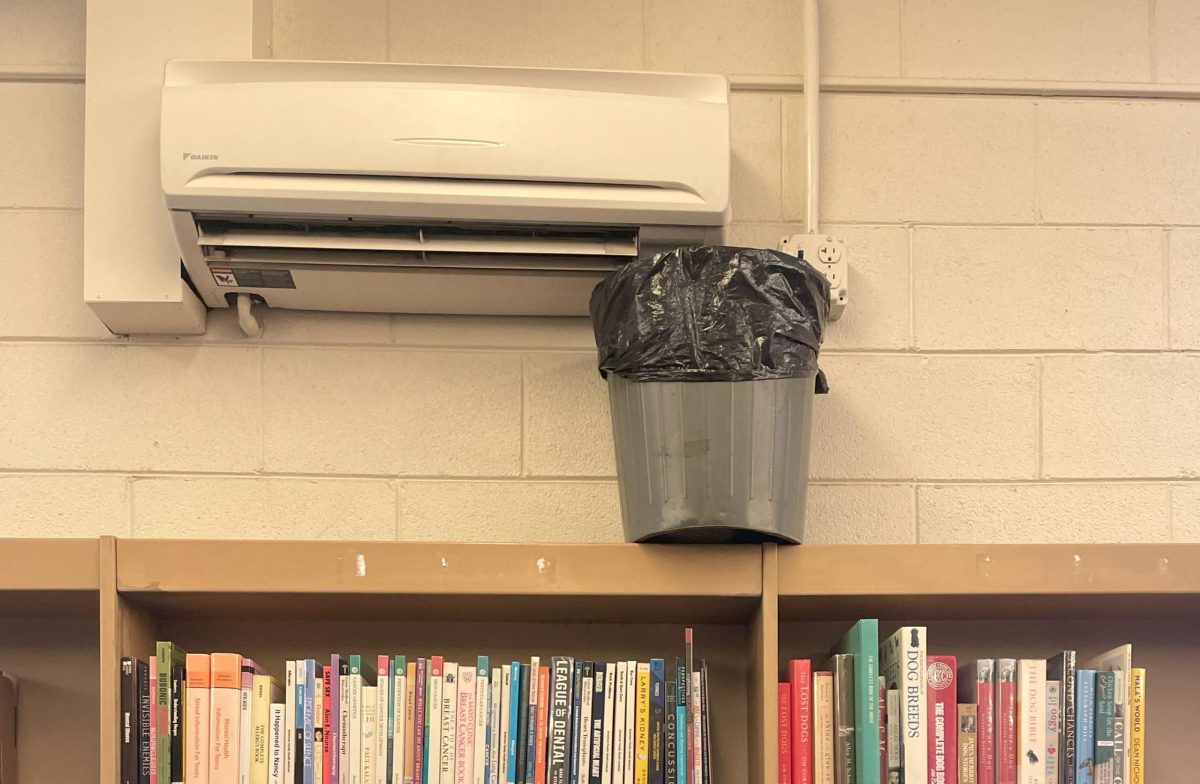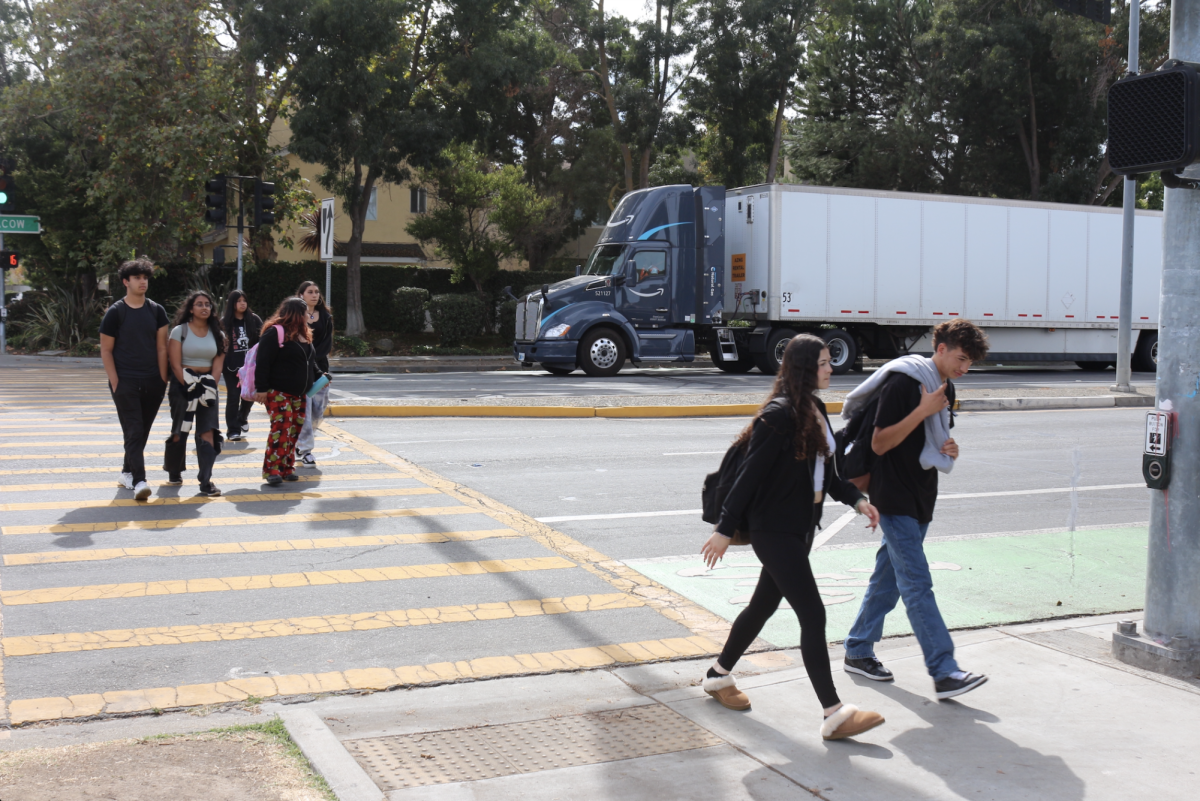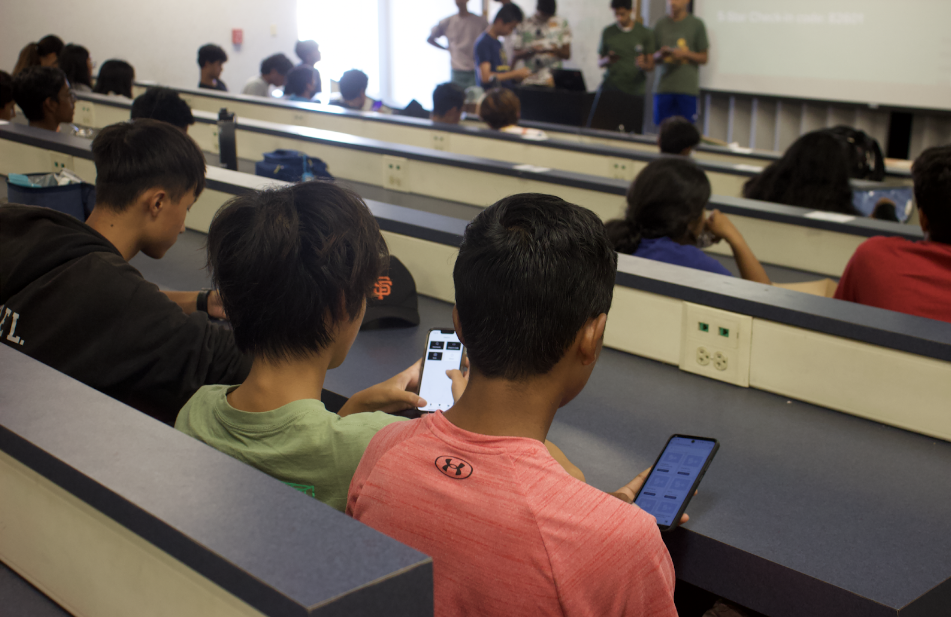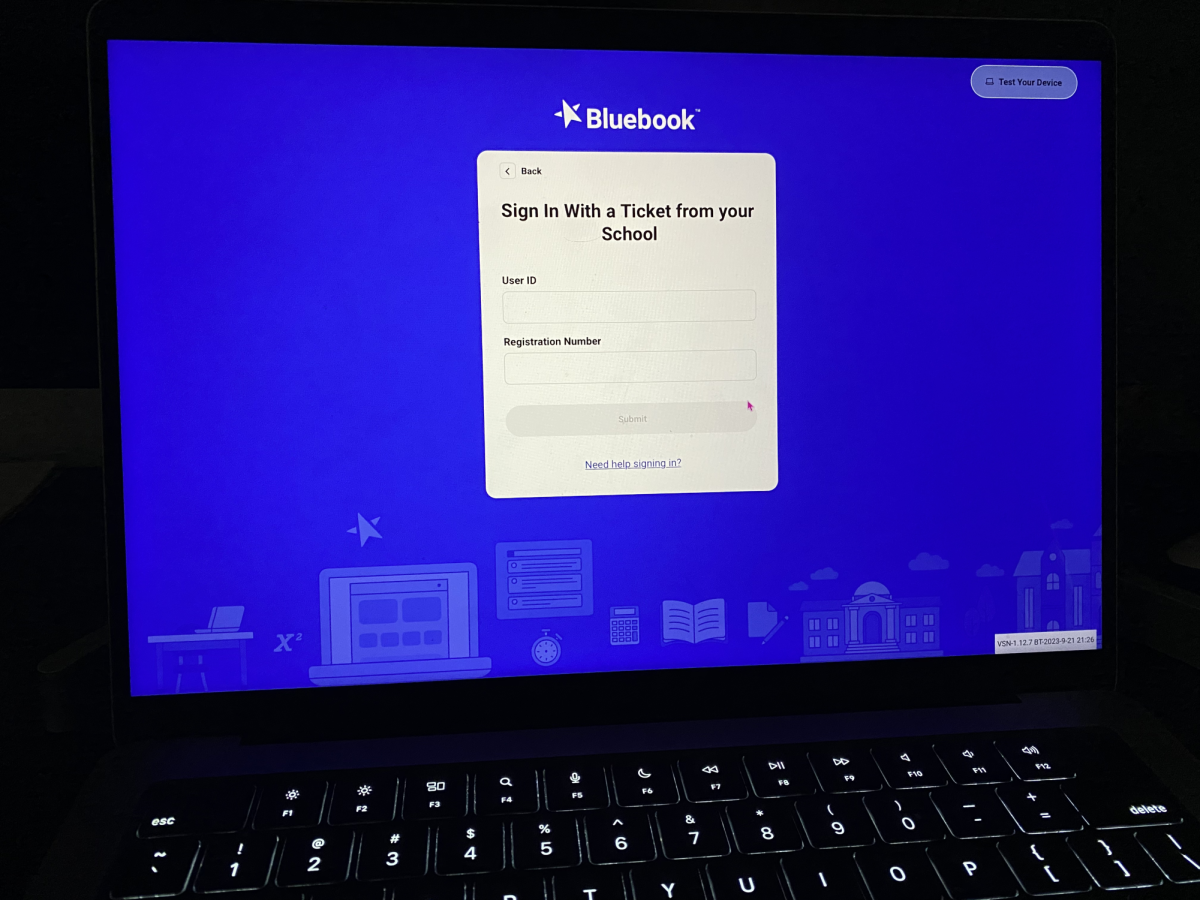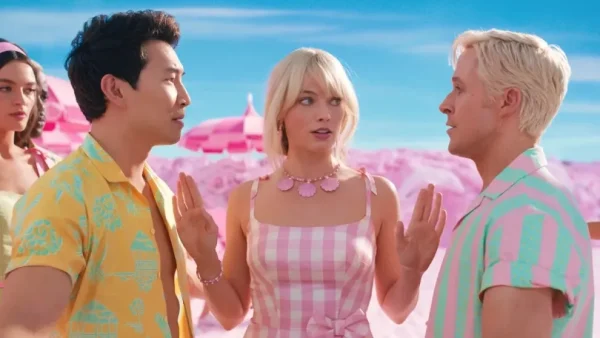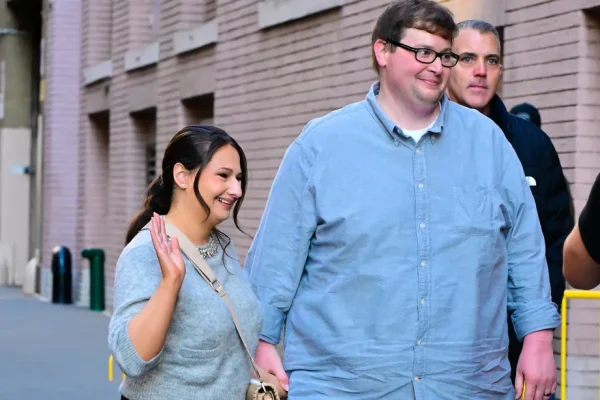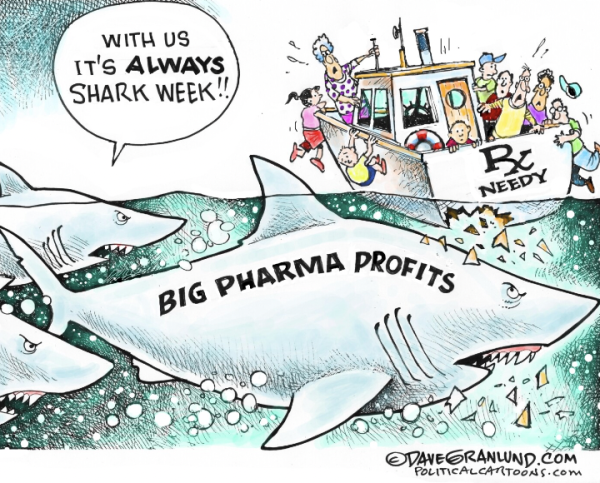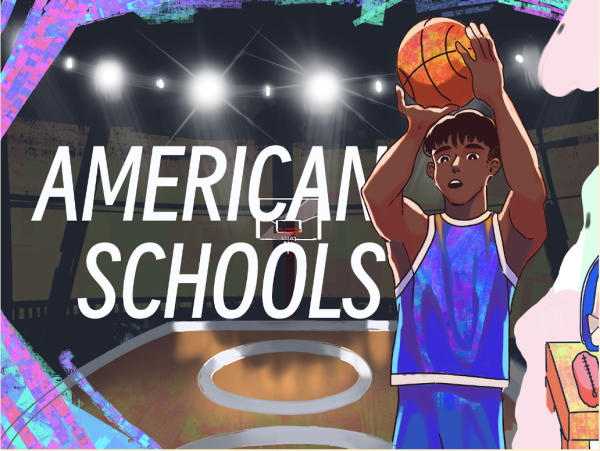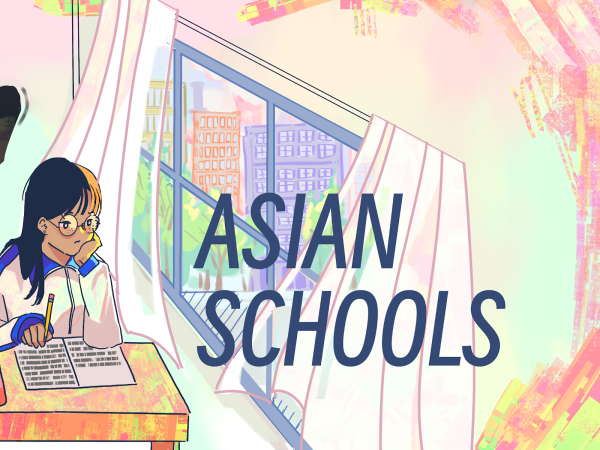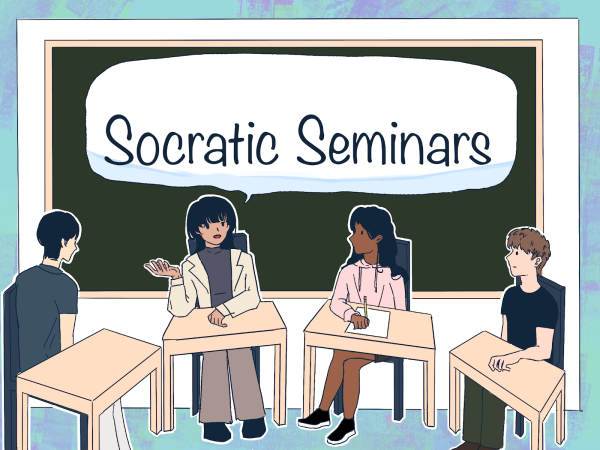East Or West, Anime Is The Best

The Anime art style is able to vary a lot to fit any style people like.
December 5, 2019
Weeb. The dreaded word that all anime connoisseurs hate hearing. The W-word carries with it inherent judgment. W**** are people judged for watching anime by people who would probably rather watch “normal”, western cartoons. This is an atrocity. W**** should not be shunned for watching a superior form of cartoons. Anime is substantially better than its western, cartoonish countertype because it appeals to a wider audience and is more coherent in its plot and character development.
Despite the apparent language barrier, anime can appeal to a much wider audience than their western counterparts. Unlike western cartoons, which primarily focus on just comedy or satire, Anime comes in all genres from sci-fi, to satire, to historical fiction. Not only does it do that, but it isn’t over saturated in a single genre, unlike cartoons which focus on humor and stray away from more serious, gritty subjects. Anime is able to specifically appeal to more demographics rather than have a general “one size fits all” attitude like western cartoons. They come in four primary demographic appeals (Shoujou: for girls, Shounen: for boys, Seinen: for men, Josei: for women), which covers most target audience ranges. This allows the creators to decide how to specifically target their anime to one audience and consider people’s preferences. Audiences now have the choice to watch something that specifically appeals to their age group, be it the animation “modern-ness”, context-based jokes, graphic/adult-rated themes, etc. While anime does lose the ability to have a slight appeal to all age groups, it is better to do one thing properly than to do multiple things poorly.
Anime also benefits from its large variety of shots and angles. Panning, zooming out, and even still frames create an engaging, constantly changing atmosphere for anime that makes it more engaging. This is much more different than cartoons, which typically have one or two shots they choose from. Because they don’t have multiple shots, cartoons keep the viewer behind the 4th wall. By changing the angles of view, it makes the viewer feel like they are actually a part of the action and can see all around the scene. Demon Slayer brilliantly exemplifies this concept, especially during the battle scenes. That crucial part of cinematography is what puts the relatability of anime one tier above the western cartoons.
Beyond making the show relatable, Anime also allows the show to make sense. The plotline in anime is generally more coherent than American cartoons, which is very important for character development, thematic development, and just an understanding of the timeframe. Anime is divided into arcs, with each arc having an antagonist and a very specific challenge to overcome. Arcs progress chronologically, and you can see character development over the arcs. The longest-running cartoons are The Simpsons, South Park, Family Guy, Spongebob, and King of the Hill. None of these shows have extended arcs and the characters are dreadfully static. Bart is still a brat, Stewie is still overly violent, Patrick doesn’t get more self-aware, and Homer doesn’t learn whatsoever. Compare this to Naruto, which ran for 15 years. Over time, we see Naruto’s power increase, and he grows from becoming an arrogant, whiny child, to the leader of an entire nation. Many cartoons don’t provide this opportunity because each episode is a different story, which doesn’t give the characters enough time to develop. Arcs are necessary as they are able to develop an overarching theme. Fairy Tail, an anime known for its well-timed arcs, is able to advance its theme about the importance of friendship because the arcs provide a consistent antagonist who they have to work together against. By not stopping the flow of the episodes, it allows for more continuity in the thematic development. Western cartoons lack in serious character development because they tend to focus more on individual episodes. Watching a series feels disjointed and inconsequential.
Despite anime’s more engaging plot, staunch supporters of its western counterparts argue that the language barrier is an issue, as some subtitles aren’t entirely accurate and can confuse or distort viewers’ understanding of the topic. However, this problem is present in western cartoons as well. Many viewers who live internationally may need subtitles or dubs to translate the cartoons from English back to their primary language. Regardless, both are enjoyed by people around the world. The issue of language barriers is not an appropriate critique against anime. But going off of things that we can evaluate, Anime is better than western cartoons because the art is more detailed, the characters are more dynamic and actually grow alongside the viewers. The timeline makes more sense, and the shows properly appeal to specific audiences. So the next time you try to shame someone for liking anime by calling them a Weeb, know that you are complimenting their taste in shows.




